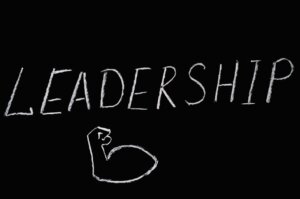Reframing is seeing the current situation from a different perspective, which can be tremendously helpful in problem solving, decision making and learning.
Reframing is helping you or another person to more constructively move on from a situation in which you or the other person feels stuck or confused.
The aim of reframing is to shift one’s perspective to be more empowered to act – and hopefully to learn at the same time.
Many times, merely reframing one’s perspective on a situation can also help people change how they feel about the situation, as well.
Many fields regularly use reframing, including therapy, coaching and even marketing and sales. Techniques of reframing can also be used to cultivate creative and critical thinking skills.
When working to reframe perspective on a situation, consider the following basic guidelines. Keep in mind that, even though the following examples are about another person’s comments, you can use the guidelines to shift your own perspectives, as well.
Shift from passive to active
For example, if the other person said, “I really doubt that I can do anything about this,” you might respond, “What is one small step that you might take?”
Shift from negative feeling to positive feeling
For example, if the other person said, “I don’t want to work on that now because it makes me feel sad,” you might respond, “What small part of that might you work on for now, that might even leave you feeling a bit more happy?”
Shift from past to future
For example, if the other person said, “I’ve never been good at public speaking,” you might respond, “If you imagined yourself to be successful at public speaking, how would you be speaking that would be successful?”
Shift from future to past
For example, if the other person said, “I can’t seem to get started on achieving this goal,” you might respond, “Has there been a time in the past when you achieved a goal and, if so, what did you do back then to be successful? How might you use that approach now?”
Shift from others to oneself
For example, if the other person said, “They don’t seem to like me,” you might respond, “What do you like about yourself?”
Shift from a liability to an asset
For example, if the other person said, “I’m such a perfectionist,” you might respond, “How might being a perfectionist help in your job and life, though?”
Shift from victimization to empowerment
For example, if the other person said, “That always seems to happen to me,” you might respond, “Sometimes we even do that to ourselves. Perhaps it’d be useful to explore if you’re somehow doing that to yourself, too?”
Can you think of other examples of reframing?
—
For many related, free online resources, see the following Free Management Library’s topics:
- All About Personal and Professional Coaching
- Communications Skills
- Skills in Questioning
- Systems Thinking
- LinkedIn Discussion Group about “Coaching for Everyone”
————————————————————————-
Carter McNamara, MBA, PhD – Authenticity Consulting, LLC – 763-971-8890
Read my blogs: Boards, Consulting and OD, and Strategic Planning.















